Slovenia may be a small country tucked between the Alps, the Adriatic Sea, and Central Europe, but it holds treasures of global importance recognized by UNESCO. From remarkable caves to prehistoric dwellings, Slovenia’s UNESCO World Heritage Sites highlight the nation’s deep cultural roots and stunning natural wonders.
Here’s a complete guide to all of Slovenia’s UNESCO listed treasures:
1. Škocjan Caves (1986)
One of the most awe-inspiring natural sites in Europe, the Škocjan Caves have been on UNESCO’s list since 1986. This vast underground system features one of the largest known underground canyons in the world. Visitors can explore immense chambers, waterfalls, and unique limestone formations carved by the Reka River. The caves also hold archaeological significance, with evidence of human presence dating back to prehistoric times.
Why visit?
- Explore breathtaking underground landscapes.
- Learn about karst topography, which shaped much of Slovenia.
- Experience a UNESCO-recognized natural wonder that feels otherworldly.
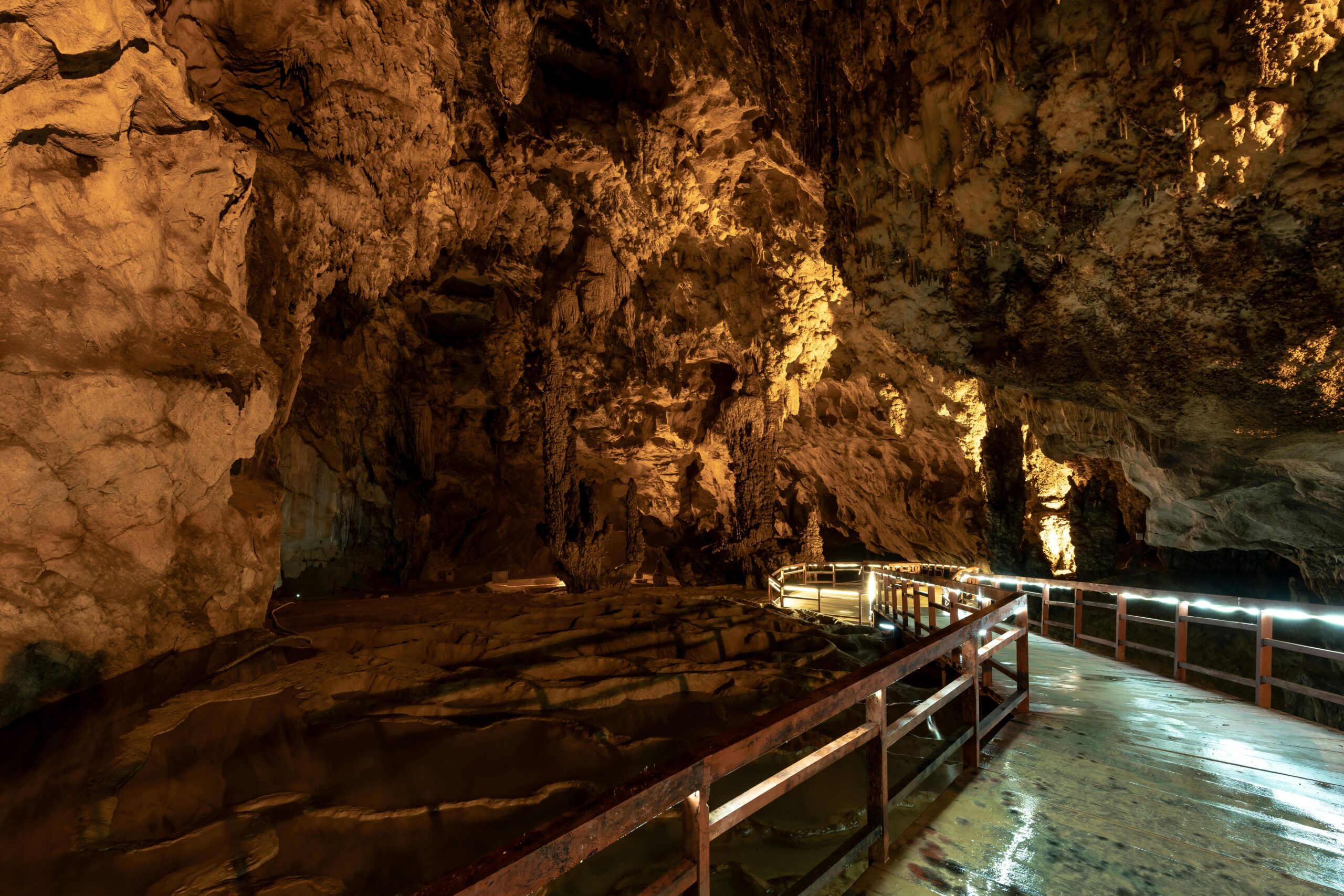
2. Prehistoric Pile Dwellings Around the Alps (2011)
Scattered across several Alpine countries, these settlements are part of a transnational UNESCO inscription. Slovenia’s contribution includes pile dwellings at Ig near Ljubljana, which date back to the Neolithic and Bronze Ages. These stilt houses, once built on lakeshores and wetlands, reveal how early communities adapted to their environment.
Why visit?
- Step back thousands of years into Europe’s prehistoric past.
- See remnants of daily life preserved in wetlands.
- Explore nearby museums that display tools, ceramics, and artifacts.
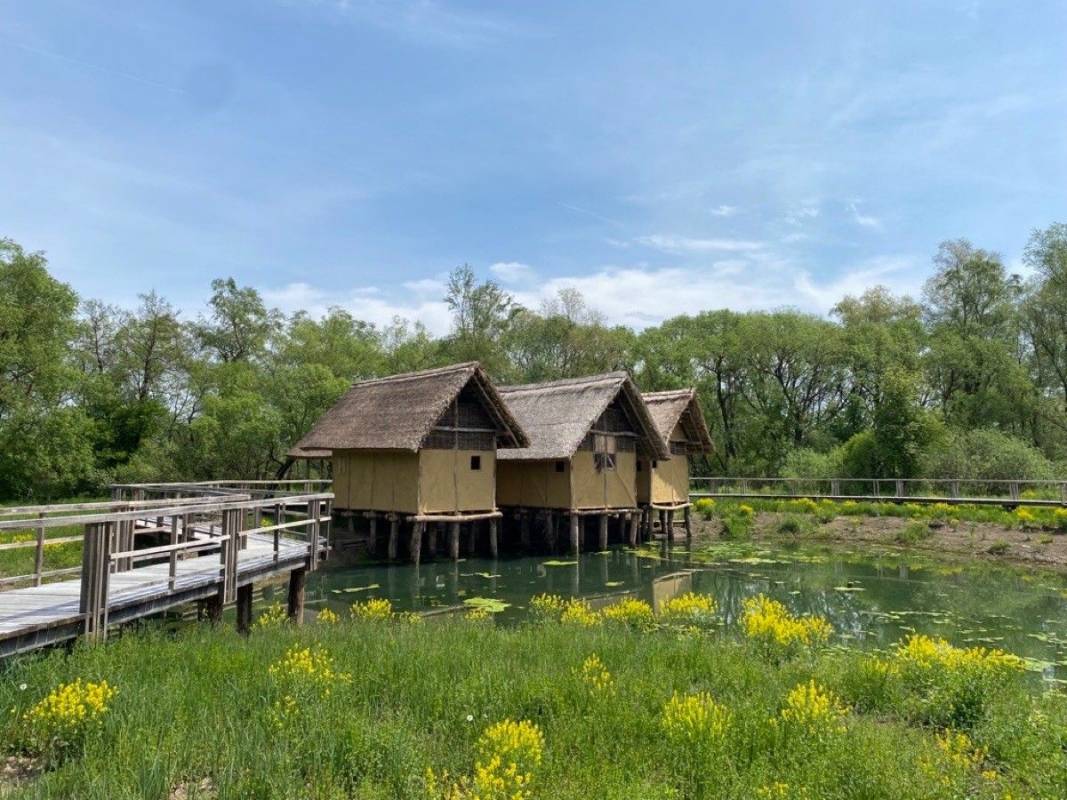
3. Heritage of Mercury: Almadén and Idrija (2012)
The town of Idrija in western Slovenia, paired with Almadén in Spain, is recognized for its historic mercury mines. Idrija’s mercury mine, discovered in the late 15th century, became one of the world’s largest and most influential. The site includes mining infrastructure, mercury transport systems, and miners’ living quarters. It reflects the role of mercury in global trade and industry over centuries.
Why visit?
- Tour the fascinating underground shafts and mining galleries.
- Visit the Gewerkenegg Castle, home to the Idrija Municipal Museum.
- Learn about the human and environmental history of mercury mining.
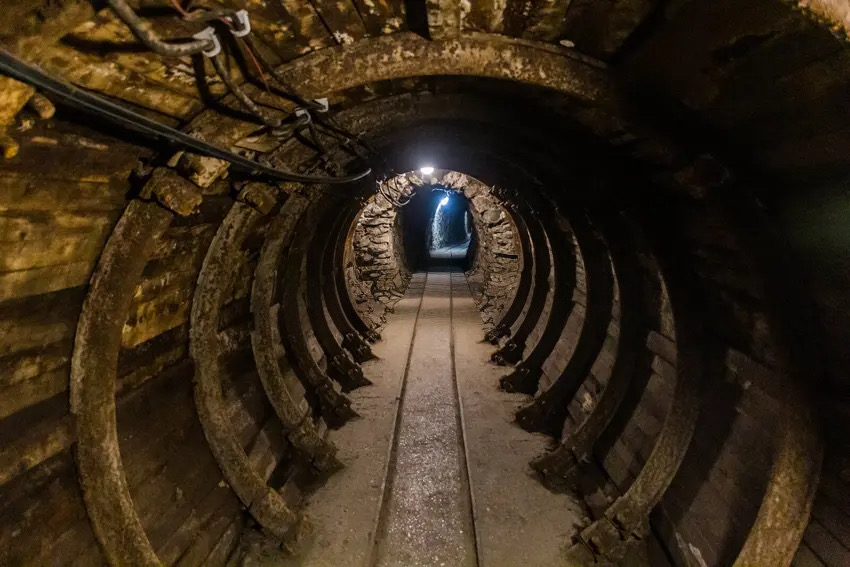
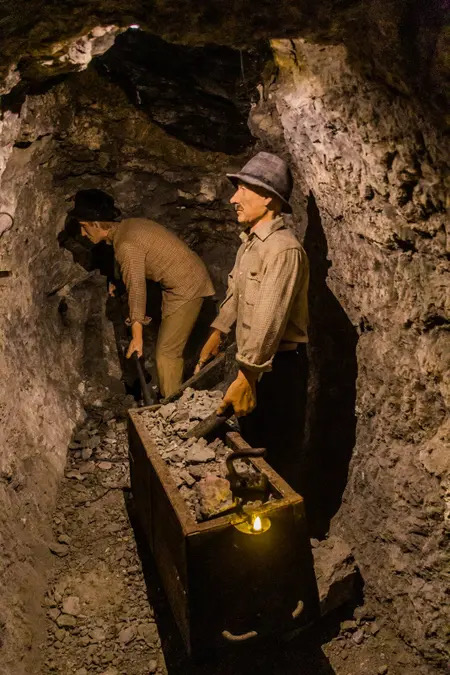
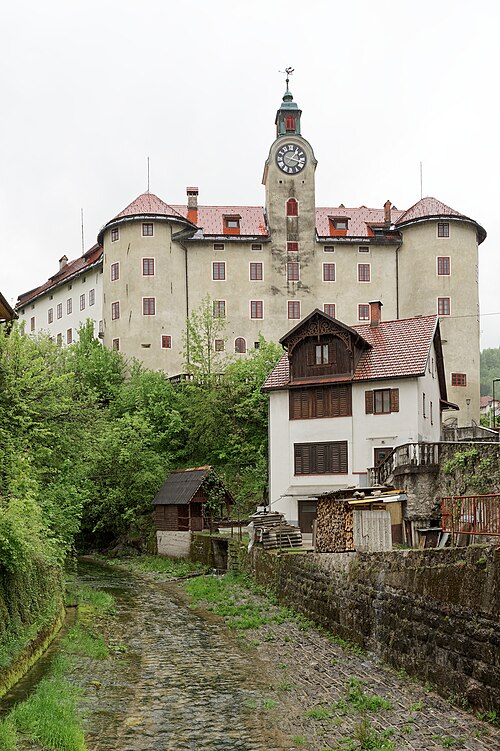
4. The Works of Jože Plecnik in Ljubljana (2021)
Added to the UNESCO list in 2021, this site honors the architectural legacy of Jože Plecnik, Slovenia’s most famous architect. Plecnik transformed Ljubljana between the two World Wars, creating bridges, markets, promenades, and public spaces that blended modern functionality with classical inspiration. His vision gave Ljubljana its distinct identity as a “human-centered” city.
Why visit?
- Stroll across Plecnik’s famous Triple Bridge.
- Explore the Central Market and Ljubljanica embankments.
- Experience how thoughtful design shaped a European capital.
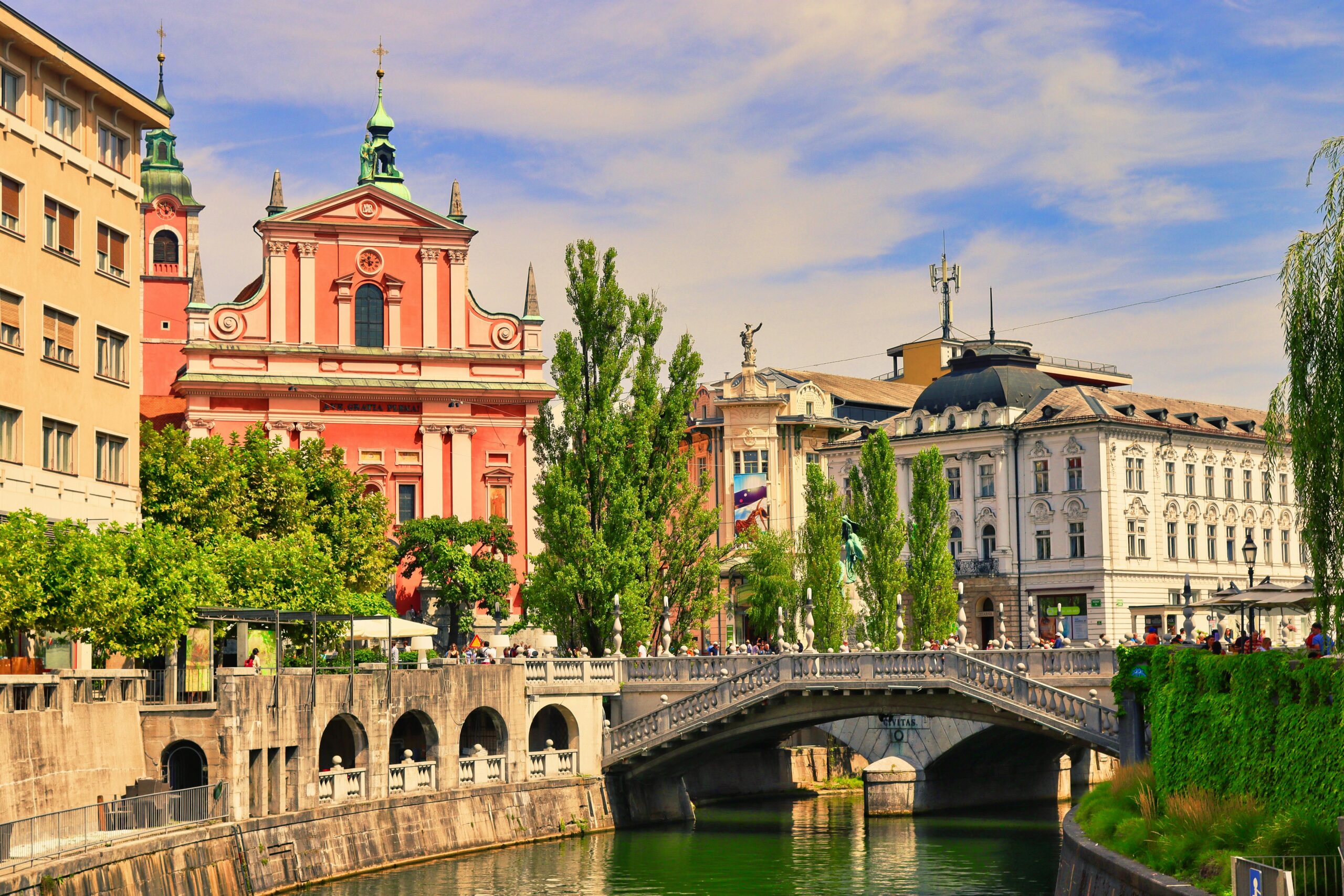
5. Ancient and Primeval Beech Forests of the Carpathians and Other Regions of Europe (2017)
Slovenia also contributes to this vast transnational UNESCO site, shared with 17 countries. The primeval beech forests of Krokar and Snežnik–Ždrocle are Slovenia’s part of the inscription. These forests are a living reminder of Europe’s ecological past, showcasing how beech trees spread across the continent after the last Ice Age.
Why visit?
- Hike through pristine wilderness untouched by logging.
- Discover unique biodiversity, including lynx, brown bears, and rare birds.
- Experience the tranquility of Europe’s ancient green heart.
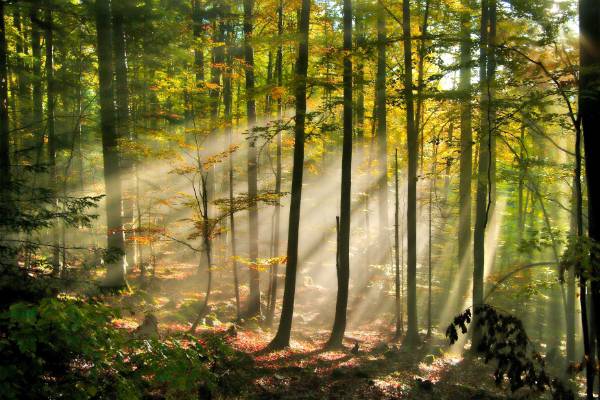
Why Slovenia’s UNESCO Sites Matter
Each of Slovenia’s UNESCO World Heritage Sites offers a glimpse into different facets of human and natural history—from prehistoric survival and architectural genius to industrial innovation and subterranean wonders. Together, they show how this small country contributes to the shared heritage of humanity.
Planning your trip?
Many of these sites are within easy reach of Ljubljana, making them perfect for day trips while exploring the country. Whether you’re a history buff, architecture lover, or nature enthusiast, Slovenia’s UNESCO treasures invite you to slow down and discover stories etched into caves, cities, and landscapes.
Source: UNESCO World Heritage Centre. 29.09.2025
By Lourina Barretto
Baltic Travel Company (all rights reserved)
This entry was posted on Monday, September 29th, 2025 at 2:01 pm; on the subject of Balkans, Slovenia, UNESCO.